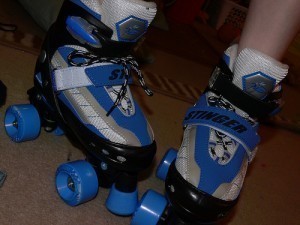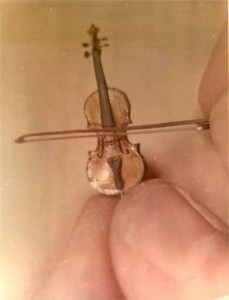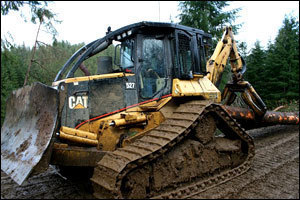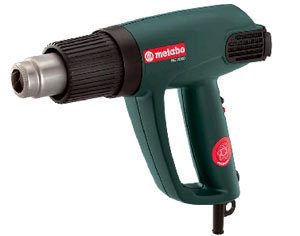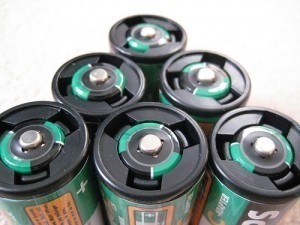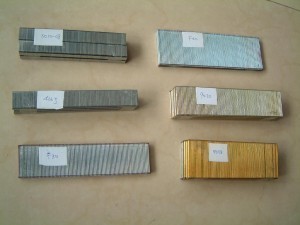The dimensions of a roller differ. Some of them can reach lengths of 12 feet or more. While the dimensions may vary, they are often used in the same way.
As an agricultural tool, it is designed for breaking up big soil clumps. It can also be used to flatten land. Usually, the tools are drawn by tractors. If tractors are not available, horses, oxen or other animals may be used. These animals were frequently used before
the tractor was invented.
Flat lands are needed because it makes harvesting easier. It also simplifies weed control. Whatever the dimensions of a roller are, it will assist in mitigating moisture loss. The tool can also be applied on grasslands. It helps in compacting the surface.
Design
In some cases, a large roller may be needed. These tools are weighed in various ways. The large ones are comprised of at least one or more thick cylinders. There is also a thin cylinder with concrete inside it.
Sometimes a cylinder filled with water is used. The benefit of the water-filled cylinder is it may be drained out. This can make it simpler and lighter to use. In places susceptible to frost, the water-filled tool has to be drained. This is needed to avoid breakage. This is because of water expansion.
Multiple Segments
A one-piece roller can be hard to use on tilled soil. This is because when making corners, the tool’s outer end must turn more quickly than the inner end. This can make the ends skid. A tool turned on a soft surface will also slip on soil. This can leave heaps and not help in production.
These tools are often constructed in two or three parts. This setup can prevent the aforementioned problem from occurring. In fact, some variants get over this by incorporating numerous small segments. These segments are set on the axle. This allows it to turn at ground speed.
The surface of the tool can be textured or smooth. This will depend on whether surface grooving or soil break up will be required. In some variants, each segment has a rib.
Aside from the dimensions of a roller, the features of the device have to be considered. For example, some variants may be ganged. Other types, on the other hand, may be combined with other tools or equipment. To avoid complications, specify the features you want before buying it.
